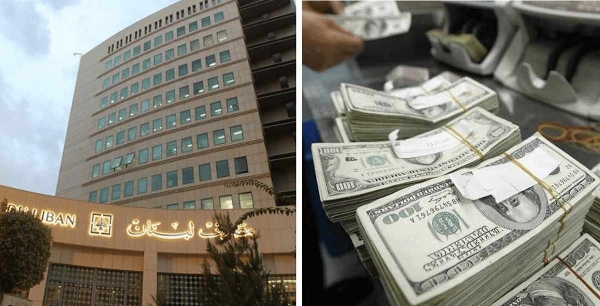The Syrian Crisis beyond Borders
|
Country |
Number of Refugees Registered with UNHCR |
|
Turkey |
258 388 |
|
Lebanon |
293 836 |
|
Jordan |
372 445 |
|
Iraq |
132 693 |
|
Egypt |
37 361 |
*Retrieved from UNHCR Syria Regional Refugee Response- Information Sharing Portal- April 16, 2013
The large number of people flooding into countries around Syria and the dire conditions that refugees are living in has created a severe humanitarian crisis. Not only are people forced out of their homes for lack of security, but many leave behind destroyed homes and missing relatives. And the strenuous journey across the border does not lead to a better place. The winter season’s extreme weather conditions and the increasing need for humanitarian aid have exacerbated the situation. Moreover, UNHCR estimates that in the first half of 2013, the number of refugees will reach 1 million.
Cases of deaths have been reported among toddlers who are unable to overcome malnutrition and the living conditions in the camps. UNHCR demographic statistics show that 20% of all refugees are under the age of 4. As a result of travelling on foot across the border, many people arrive injured or in poor health. During the cold season the fear of illnesses increases with lower temperatures and damp environment as heavy rain easily seeps into tents.
With many refugees having little or no access to basic necessities, the concern over their large numbers is growing. It is noteworthy that, as shown above, Lebanon is the country with the most refugees. The majority of them is concentrated in the northeastern regions of Akkar and Bekaa; neglected regions that are mostly reliant on agriculture. In a country with limited resources, the strain of the refugee problem is felt in different sectors. Up to 32,000 Syrian children have been enrolled in the Lebanese public school system. In southern parts of the country, Syrians are even settling in Palestinian refugee camps for lack of a better option.
Unlike in Turkey and in Jordan, camps have not been put in place for refugees. Not only are resources scarce, but there is much public concern of repeating the Palestinian refugee problem. Even the UN was originally in opposition to such a plan. Like all problems in Lebanon, the refugee crisis has become another topic of debate between disputing political factions. Meanwhile health conditions have deteriorated to the extent where several cases of tuberculosis have been reported among refugees.
The Lebanese Cabinet has finally ratified a plan for managing the situation; mostly focused on gathering funds from donor countries and consequently being able to provide more aid. Still, many argue that setting up camps similar to those of Turkey and Jordan would facilitate the organization of aid distribution and keeping track of refugees. Local and international aid is received in the form of food, blankets, clothes, and fuel, alleviating part of the problem. A comprehensive approach is still required by the Lebanese government to adequately address the crisis and prevent it from further expansion.
1 Being the official term in use currently, The Monthly has maintained the word “refugees” in this article. Yet, we believe that “the displaced” is a much more accurate term.








Leave A Comment